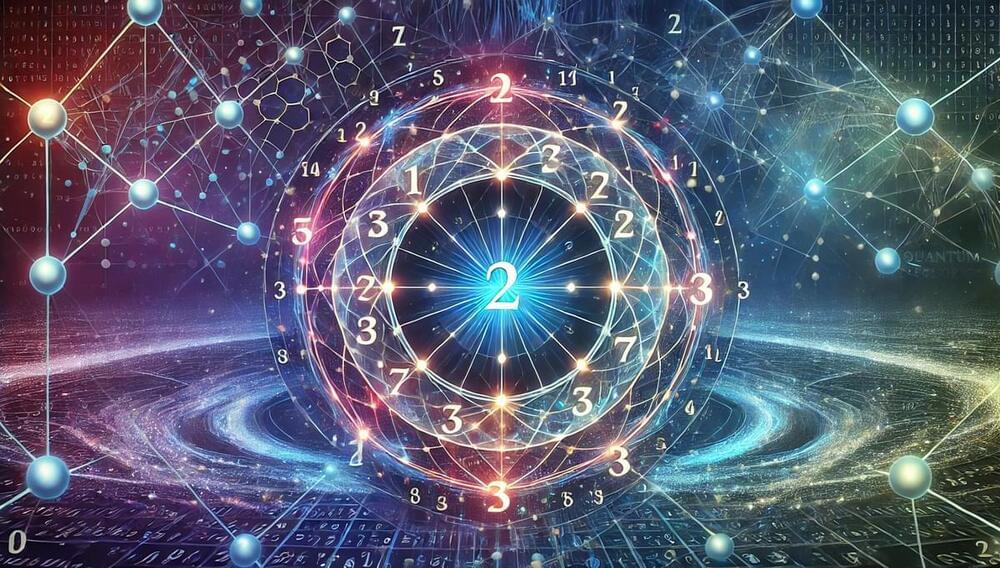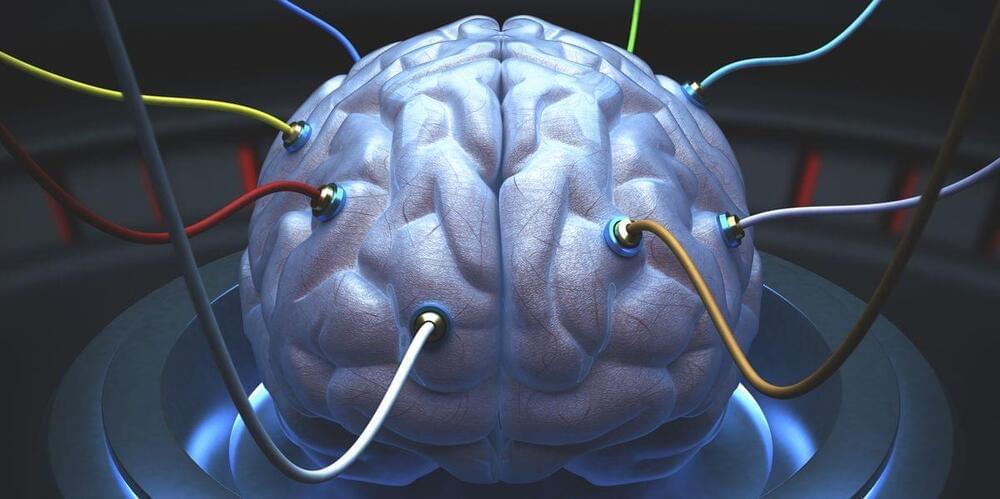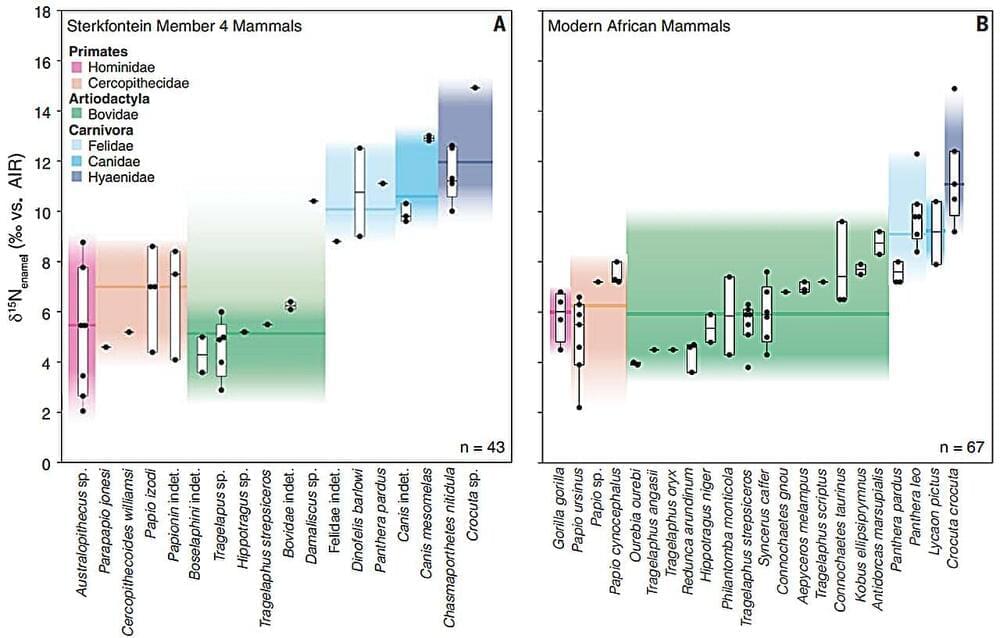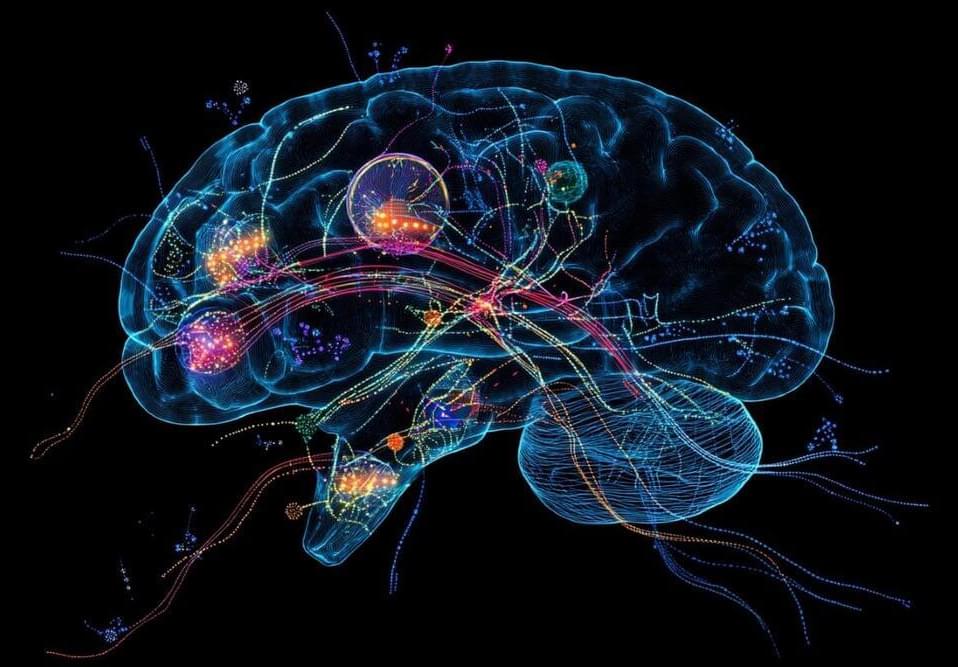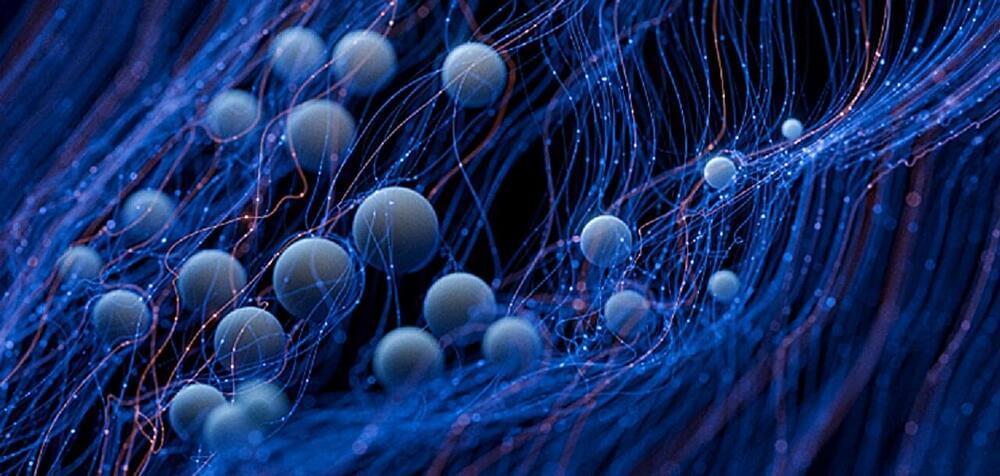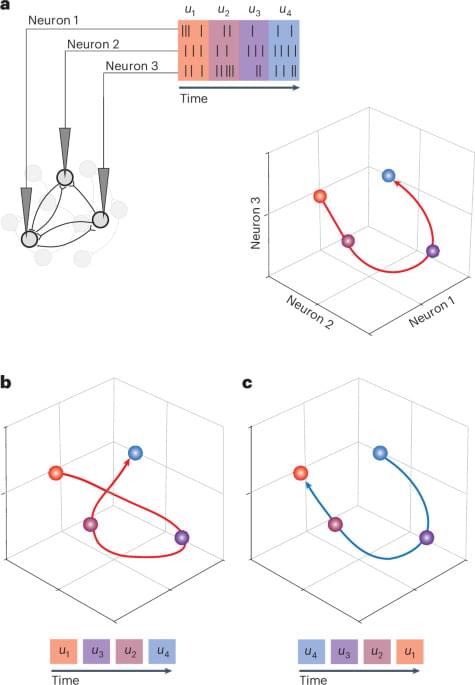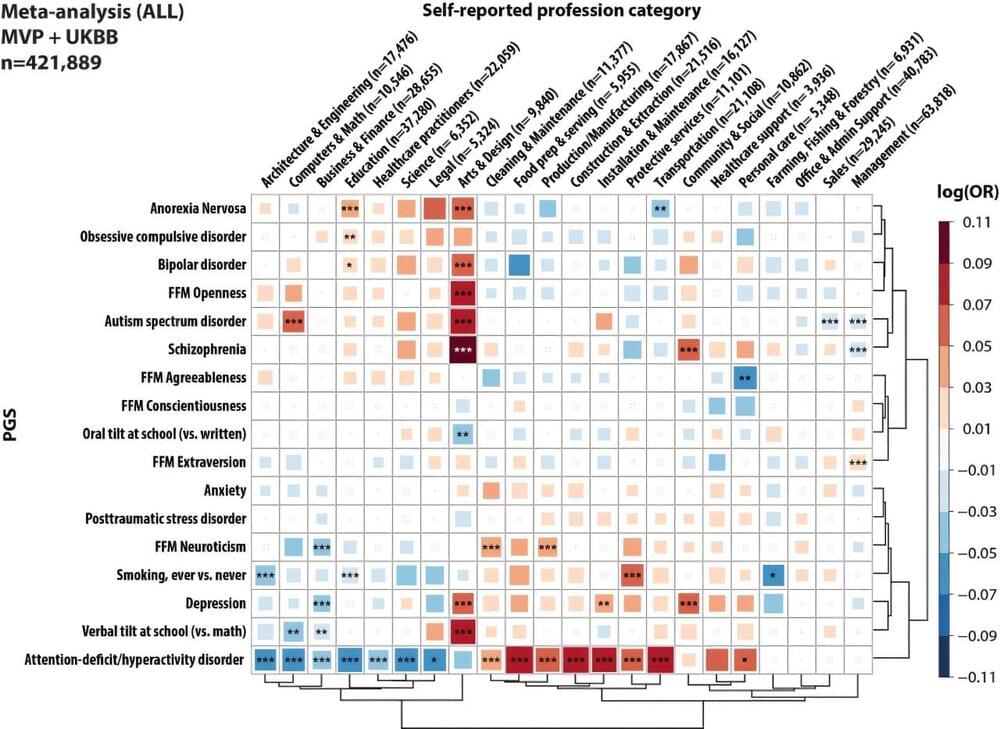Even so, many wonder: If the universe is at bottom deterministic (via stable laws of physics), how do these quantum-like phenomena arise, and could they show up in something as large and complex as the human brain?
Quantum-Prime Computing is a new theoretical framework offering a surprising twist: it posits that prime numbers — often celebrated as the “building blocks” of integers — can give rise to “quantum-like” behavior in a purely mathematical or classical environment. The kicker? This might not only shift how we view computation but also hint at new ways to understand the brain and the nature of consciousness.
Below, we explore why prime numbers are so special, how they can host quantum-like states, and what that might mean for free will, consciousness, and the future of computational science.
